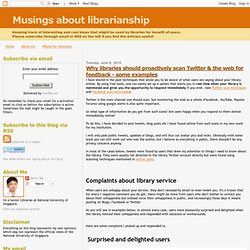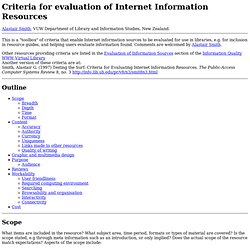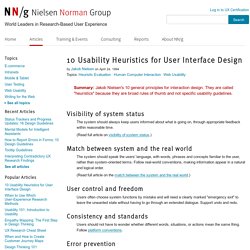

Why libraries should proactively scan Twitter & the web for feedback - some examples. I have shared in the past techniques that allow you to be aware of what users are saying about your library online.

By using free tools, one can easily set up a system that alerts you in real time when your library is mentioned and gives you the opportunity to respond immediately if you wish. (See Twitter scan techniques and Facebook scan techniques). Twitter is the main channel one should scan, but monitoring the web as a whole (Facebook, YouTube, Popular forums) using google alerts is also quite important. So what type of information do you get from such scans? Are users happy when you respond to them almost immediately online? To do this, I have decided to post tweets, blog posts etc I have found online from such scans in my own work for my institution. I will only post public tweets, updates or blogs, and will blur out avatar pics and nicks.
In most of the cases below, tweets were found by users that drew my attention to things I need to know about the library. Server issues Help needed. Online Survey Design Guide. E-Commerce Metrics Drowning in Your Own Data - ClickZ. Bryan Eisenberg | October 29, 2001 | 1 Comment inShare3 Because we can collect, measure, and analyze so much data on the Web, you'd think e-tailing would be a marketer's dream.

Too often, it's a nightmare. We're overwhelmed with too much data -- data that can be hard to distinguish from useful information. Web Metrics Understanding Web Measurement to Improve Site Performance. Many home-based online entrepreneurs keep their eyes on the ball, but fail to stop to check the score.

In the rush to be online, these entrepreneurs focus too much on where they are going – e.g. increasing their traffic and sales, marketing their sites, improving their content, attracting a community of loyal visitors, and other goals. While important for the success of an online business, they often overlook checking where their businesses are. Many Web publishers fail to understand how users come to the site and what those users do once they get there. Web metrics that matter. By Susannah Patton, CIO November 15, 2002 12:00 PM ET CIO - So you want to buy a Saab.

If you're looking to buy one in the U.S., you might start your search at Saabusa.com. There, customers can compare the latest models and find a dealer. Then they can actually go to the dealer showroom and buy a car. So while the site's operators can track the number of hits and level of traffic, they cannot analyze where or why a customer abandons the site. During the dotcom heyday, companies slapped sites on the Web and waited for traffic to pour in. Five criteria for evaluating Web pages. Criteria for evaluation of Internet Information Resources. Alastair Smith, VUW Department of Library and Information Studies, New Zealand.

This is a "toolbox" of criteria that enable Internet information sources to be evaluated for use in libraries, e.g. for inclusion in resource guides, and helping users evaluate information found. Comments are welcomed by Alastair Smith. Other resources providing criteria are listed in the Evaluation of Information Sources section of the Information Quality WWW Virtual LibraryAnother version of these criteria are at: Smith, Alastair G. (1997) Testing the Surf: Criteria for Evaluating Internet Information Resources. The Public-Access Computer Systems Review 8, no. 3 Outline Scope What items are included in the resource? Breadth Are all aspects of the subject covered?
Depth To what level of detail in the subject does the resource go? Time Is the information in the resource limited to certain time periods? Format Are certain kinds of Internet resources (for example PDF, FTP) excluded? Content Accuracy Authority Currency Purpose. Evaluating Web Pages Techniques to Apply & Questions to Ask. 1.

What can the URL tell you? Techniques for Web Evaluation : 1. Before you leave the list of search results -- before you click and get interested in anything written on the page -- glean all you can from the URLs of each page. Evaluating Website content. How to get Beneath the Surface in Focus Groups. Heuristics for User Interface Design. Visibility of system status The system should always keep users informed about what is going on, through appropriate feedback within reasonable time.

(Read full article on visibility of system status.) Match between system and the real world The system should speak the users' language, with words, phrases and concepts familiar to the user, rather than system-oriented terms. Follow real-world conventions, making information appear in a natural and logical order. (Read full article on the match between the system and the real world.)
User control and freedom Users often choose system functions by mistake and will need a clearly marked "emergency exit" to leave the unwanted state without having to go through an extended dialogue. Consistency and standards Users should not have to wonder whether different words, situations, or actions mean the same thing. Error prevention. Heuristic Evaluation How-To.
Heuristic Evaluation - a Step By Step Guide [Usability and Information Architecture] The Usability Methods Toolbox - Usability Methods Toolbox Contextual Design Heuristic Evaluation Inspection.